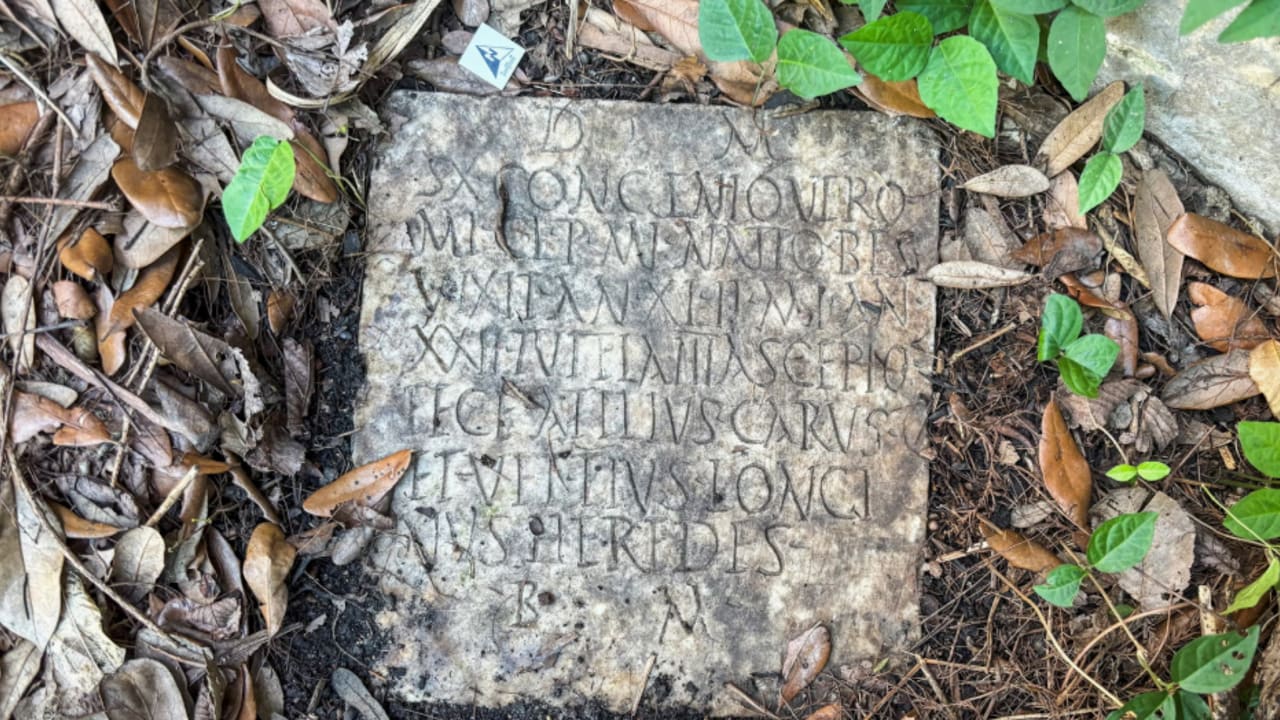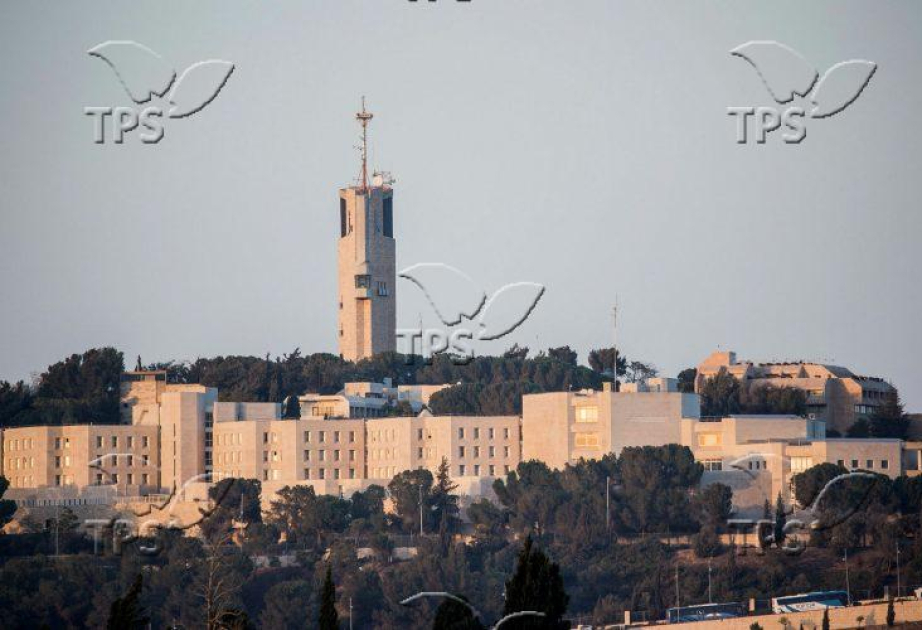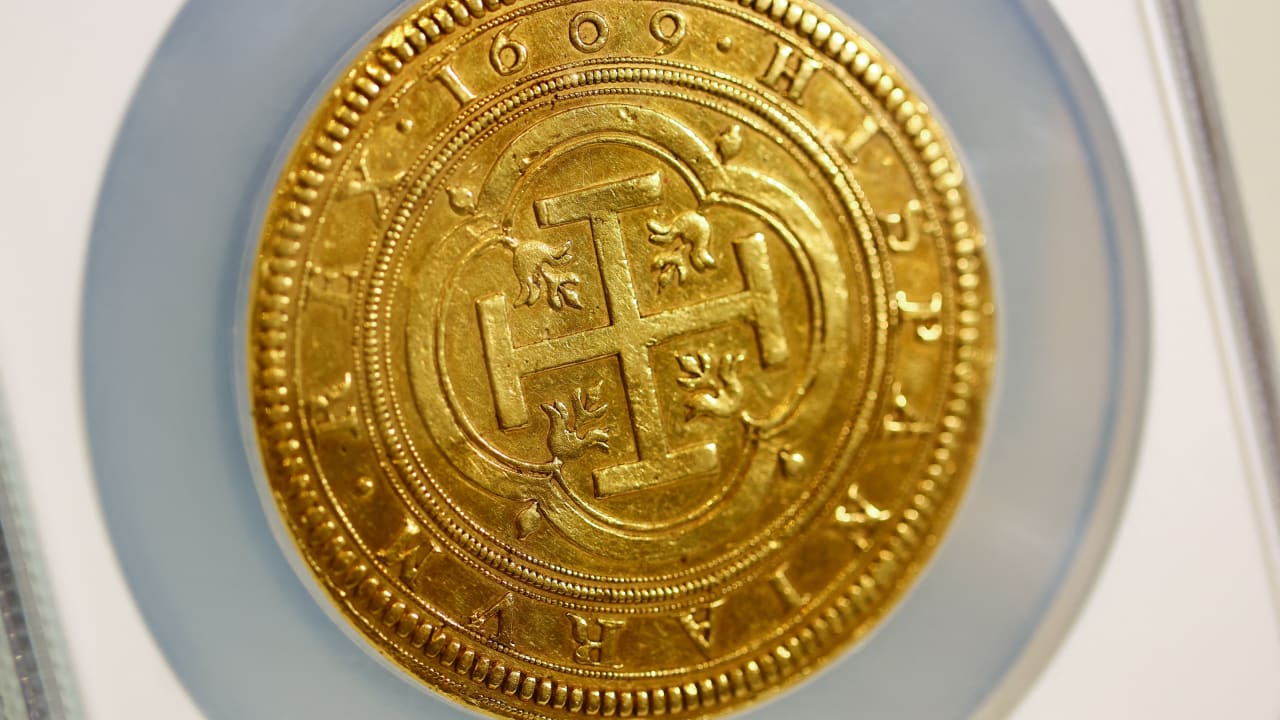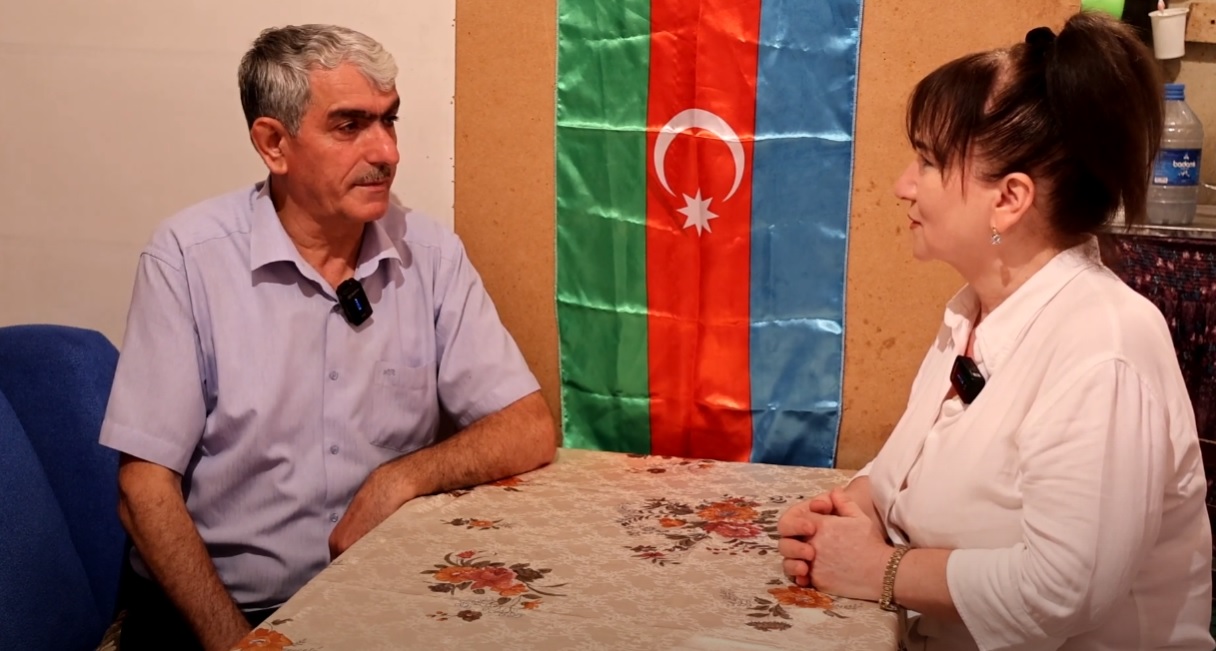ByJERUSALEM POST STAFF
Researchers suggest the stone slab came to New Orleans in the 20th century, possibly after WWII, when American and Allied troops were in Italy, including Civitavecchia after Rome fell.
A couple in New Orleans recently unearthed an astonishing discovery in their backyard: a 1,900-year-old ancient Roman tombstone dedicated to a sailor named Sextus Congenius Verus. The Latin inscription dates the tombstone to the 2nd century CE. This find initiated efforts to return the artifact to its rightful place in Italy.
The tombstone's journey to the United States is believed to be connected to events during World War II. Researchers proposed that American and Allied troops in Italy, especially around Civitavecchia after the fall of Rome, might have brought the tombstone to the U.S. "The chaos after the war made it conceivable for relics, such as this tombstone, to be inadvertently carried away by soldiers or tourists," explained D. Ryan Gray, an archaeologist at the University of New Orleans. The tombstone matched a description of one reported missing from the municipal museum of Civitavecchia, which suffered damage during Allied bombing between 1943 and 1944.
Susann Lusnia, a Tulane University classics professor, contacted the Civitavecchia museum regarding the tombstone's return. Daniella Santoro, an anthropologist at Tulane University, and her partner, Aaron Lorenz, discovered the relic while clearing undergrowth in their garden. Santoro collaborated with Gray and Lusnia for their archaeological insights. This group, which Santoro called the tombstone team, investigated the relic's journey to their backyard.
After identifying and verifying the tombstone's origin, the couple handed it over to the FBI's Art Crime Team, facilitating its return to Italy. According to ARTnews, the FBI's involvement underscores the collaborative nature of this endeavor. Lusnia traveled to Italy to initiate contact with the Civitavecchia museum for the repatriation process.
The Civitavecchia museum is now preparing for the tombstone's return, planning a public ceremony for its recovery. Museum staff are eager to display the tombstone again after its years of absence. Efforts to determine how the slab arrived in New Orleans continue. Santoro and Gray, along with colleagues, are examining records to trace the tombstone's path from Italy to the United States, according to The Guardian.
Written with the help of a news-analysis system.

















